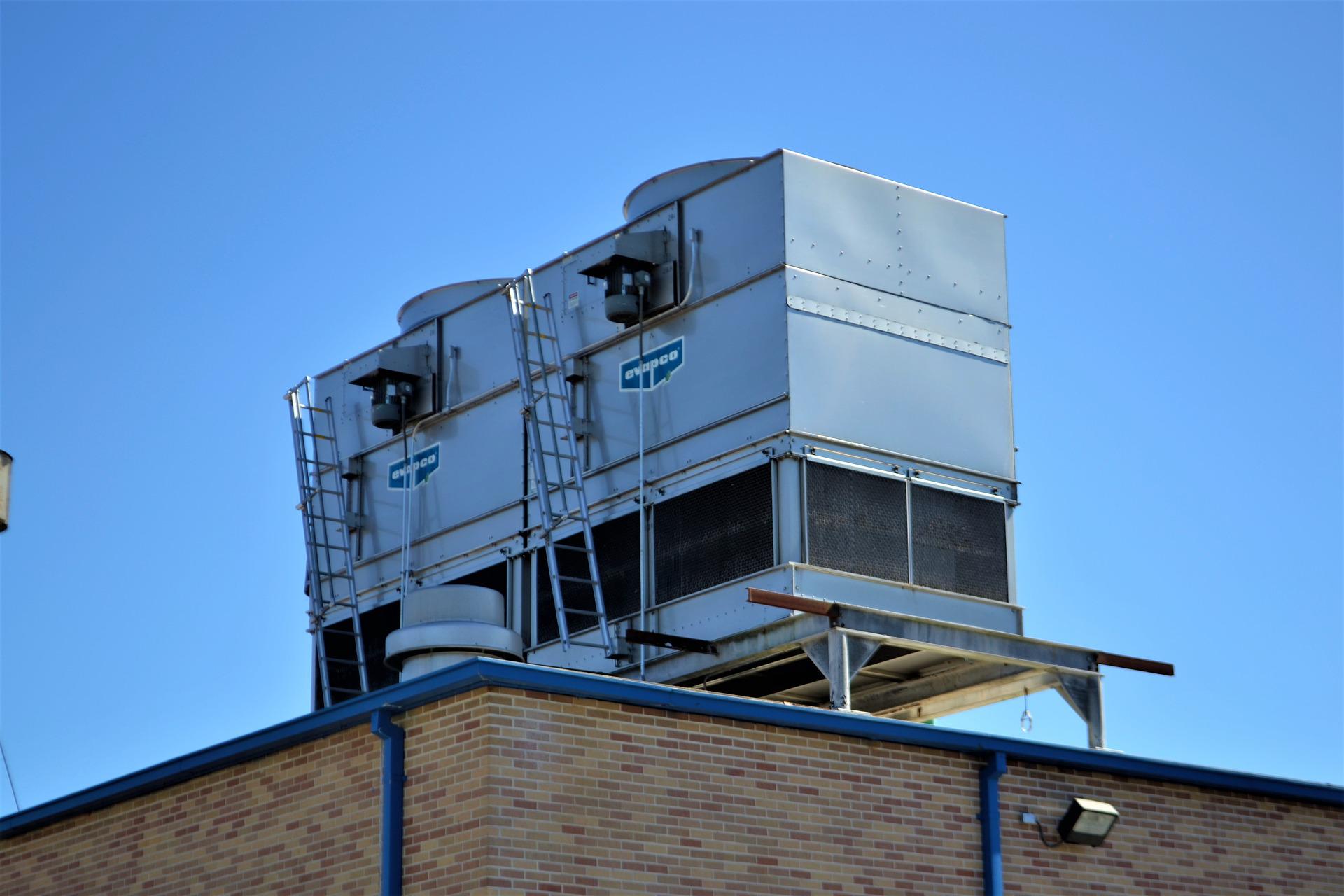This guide discusses the various types of air conditioning (AC) systems available to commercial properties, explaining how they work, their benefits, and the type of buildings they’re suitable for.
What Kinds of Air Conditioning Systems Are There?

While there are numerous variations and somewhat different versions available, air-conditioning systems have three major categories:
- Single Split Systems
- Multi-Split Systems
- VRF or VRV Systems
They all use the same basic technology and indoor units mounted on the wall or ceiling. However, they serve very different purposes, so it’s critical to determine which is best for you.
Single Split Systems
Single split installations are among the most prevalent types of air conditioning systems.
They are less expensive than other systems and are usually the best for small commercial buildings such as cafés, restaurants, and small offices because they allow for individual room heating and cooling.
This system is made up of an outdoor unit for every unit inside. The outdoor unit, which houses the compressor, condenser coil, and expansion coil (or capillary tubing), is mounted on or near the outer wall of the area to be cooled. A cooling coil, a long blower, and an air filter are inside the unit.
Single split system units are connected via electrical cables and tubing rather than ductwork, making installation much simpler and more manageable. However, because each indoor unit has its outdoor unit, you must ensure enough external space to house as many outdoor units as indoors.
Advantages of Single Split Systems
- It is less expensive than installing a central system.
- Each system is self-contained, which means that if one unit fails, the others are unaffected and continue to function.
- The portions of the air conditioner that create noise are stored in the outside unit, resulting in a quieter indoor unit.
